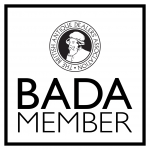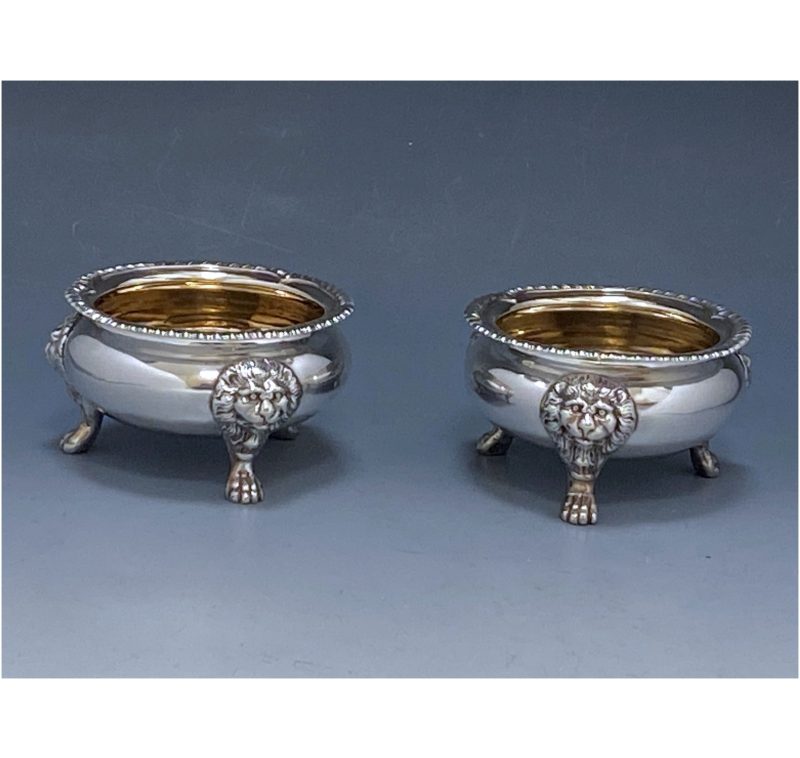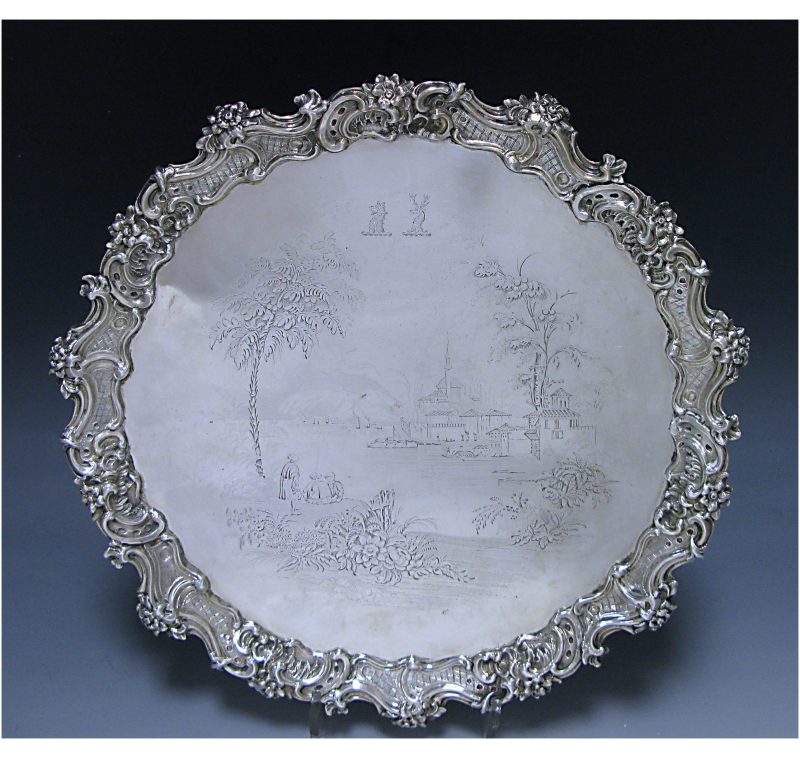
Angell Family
Joseph Angell (Sr.) was apprenticed to Henry Nutting in 1796, obtaining his freedom in 1804. His brother John Angell was apprenticed to William Elliott in 1799 and obtained his freedom in 1807. Another brother (Abraham) was apprenticed to Joseph Angell (1806) but never obtained his freedom.
Joseph Angell Sr. entered his first mark in 1811, being active as "plate worker" at 55 Compton Street, Clerkenwell. In 1831, he entered a joint mark with his brother John Angell (mark "JA" over "IA", on 31 January 1831). In c. 1837 Joseph Angell Jr. (son of Joseph Angell Sr.) joined the partnership and the business was continued under the style Angell, Son & Angell.
In 1840, John Angell left the partnership and the business was continued as Joseph Angell & Son by Joseph Angell Sr. and Joseph Angell Jr. The new mark (JA over JA) was entered on 6 July 1840, and in 1842 the business moved to 25 Panton Street, Haymarket.
After the retirement of Joseph Angell Sr. (1848) the business was continued by his son Joseph Jr. under his own name, opening new retail premises at 10 Strand, Charing Cross (1849). Joseph Angell Jr. participated at the 1851 Great Exhibition (he was awarded a Prize Medal for his enamelled articles), at the 1853 New York Exhibition (bronze medal) and the 1862 International Exhibition (another medal).
In 1867, Joseph Angell Jr. entered in partnership with John Browne, trading as Angell & Browne. When the partnership with Browne was dissolved (1876), the business was continued as Angell & Co. After the dissolution of the business Angell, Son & Angell (1840), John Charles Angell and George Angell (sons of John Angell) entered their first mark, trading at 51 Compton Street, Clerkenwell.
John Charles Angell was apprenticed to his father in 1825, obtaining his freedom in 1832. George Angell obtained his freedom by patrimony in 1842. John Charles Angell died in 1850 and the activity was continued by his brother George as George Angell & Co (1852 - 1860) and as George Angell manufacturing silversmith. George Angell participated at the 1851 Great Exhibition with a large vase (in the "Etruscan style", illustrative of the progress of civilisation) and other silverware.
In 1884, after the death of George Angell, the firm was taken over by George Frederick Courthope. He entered his own mark (2 October 1884) but continued to trade under the style of George Angell until 1889.
The Angell family gradually turned to retail business, assuming the role of one of the largest and most important silversmithing and jewellery manufacturers and retailers in London in the mid-19th century.








